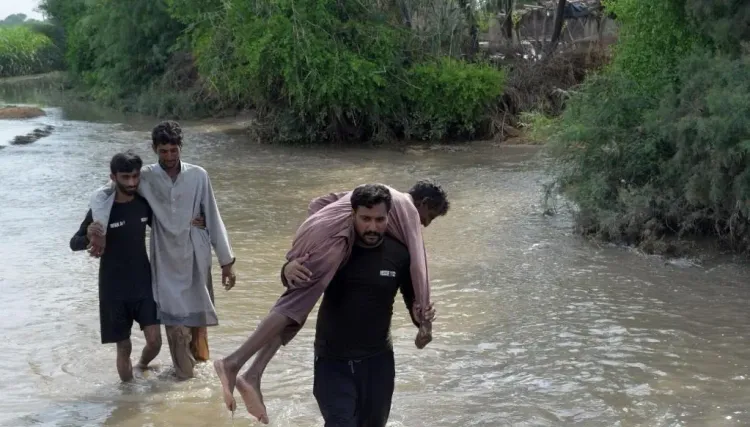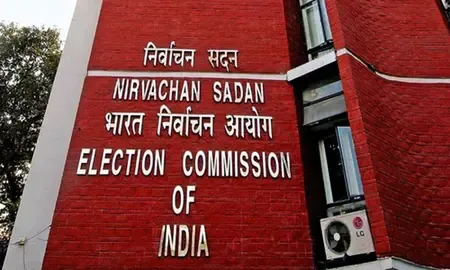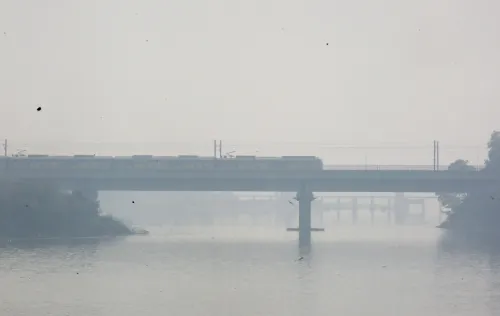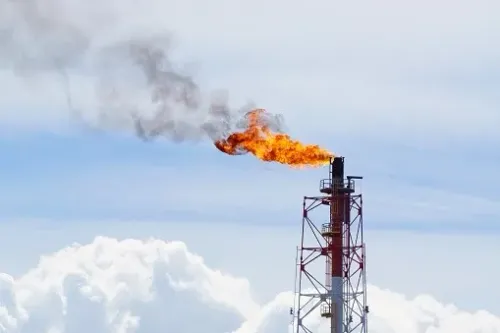How Have Monsoon Rains and Flash Floods Claimed 116 Lives in Pakistan?

Synopsis
Key Takeaways
- 116 fatalities reported due to flash floods.
- Ongoing rescue operations in affected regions.
- Punjab province experienced the highest casualties.
- Government warnings about further risks of flooding.
- Residents urged to take precautionary measures.
Islamabad, July 16 (NationPress) Severe monsoon rains and flash floods have resulted in the tragic loss of at least 116 lives and left 253 individuals injured across Pakistan since June 26, as reported by the National Disaster Management Authority (NDMA).
The NDMA’s latest findings indicate that in the last 24 hours alone, there were five additional fatalities and 41 injuries attributed to rain-related incidents.
The province of Punjab has suffered the most, with 44 reported deaths, followed by Khyber Pakhtunkhwa with 37, Sindh with 18, and Balochistan with 16.
Additionally, one death and five injuries were noted in Pakistan-administered Kashmir, while Gilgit-Baltistan and the Islamabad Capital Territory reported no fatalities, according to the NDMA, as cited by Xinhua.
A weather alert has been issued, signaling potential flash floods in parts of Punjab, Khyber Pakhtunkhwa, and Balochistan, with forecasts predicting heavy rainfall up to Thursday.
Last week, the Provincial Disaster Management Authority (PDMA) alerted district administrations in Khyber Pakhtunkhwa about the imminent flooding risk due to a fresh wave of heavy rainfall expected from July 11 to 17. The ongoing rains and flash floods have already caused significant devastation in June, and are anticipated to continue.
The monsoon season in Pakistan typically spans from June to September, often resulting in widespread disruption. Each year, intense downpours lead to lethal floods, landslides, and displacements, particularly in vulnerable, densely populated, and poorly drained areas.
In Sindh, rain accompanied by windstorms and thunderstorms is forecasted for regions including Tharparkar, Mirpur Khas, Sanghar, Sukkur, Larkana, Dadu, Jacobabad, Khairpur, and Shaheed Benazirabad from July 14 to 16, with intermittent breaks.
The Pakistan Meteorological Department (PMD) has also cautioned against possible urban flooding in low-lying areas of the twin cities, as well as in Gujranwala, Lahore, Sialkot, Sargodha, Faisalabad, Khanewal, Multan, Sahiwal, Okara, Bahawalpur, Bahawalnagar, Vehari, Nowshera, and Peshawar.
Between June 26 and July 14, electrocution became the primary cause of rain-related fatalities, followed closely by flash floods. A tragic incident in late June claimed the lives of at least 13 tourists who were swept away while seeking refuge on a raised riverbank during sudden flooding.
Authorities have issued further warnings, urging residents -- particularly those in low-lying or vulnerable areas -- to take necessary precautions. Ongoing rescue and relief operations are focused on the most severely impacted regions.
Despite multiple forecasts and alerts, the Sindh provincial government has not taken adequate measures to clear stormwater drains, sewer lines, or gutters. Consequently, many areas remain inundated, even as new rainfall is predicted starting July 15.
In Hyderabad, residents are increasingly alarmed by the state of the primary drainage systems, which are clogged with debris and lack protective barriers -- many of which are either broken or missing. According to The Express Tribune, no repairs have been made.
Although the Meteorological Department had officially notified the Sindh government about the impending weather system, leading to high-level meetings with various agencies, no effective preparations have been implemented.
On July 10, the Sindh Local Government Department directed municipal bodies, including the Hyderabad Municipal Corporation, to take preventive measures. However, over 48 hours later, no tangible actions had been taken.
Despite receiving Rs 1.2 million in monthly government grants, local Union Committees have failed to allocate funds for essential services like drain maintenance, with most of the budget consumed by salaries and utility expenses.
Each year, the Sindh government and local authorities convene emergency meetings and announce preparedness plans, allocating millions of rupees. Yet, in practice, drains remain uncleared, and fraudulent bills are reportedly submitted for non-existent cleaning work -- resulting in widespread misappropriation of public funds.
Moreover, no institution or official has ever been held accountable for this ongoing negligence, as suggested by media reports.









